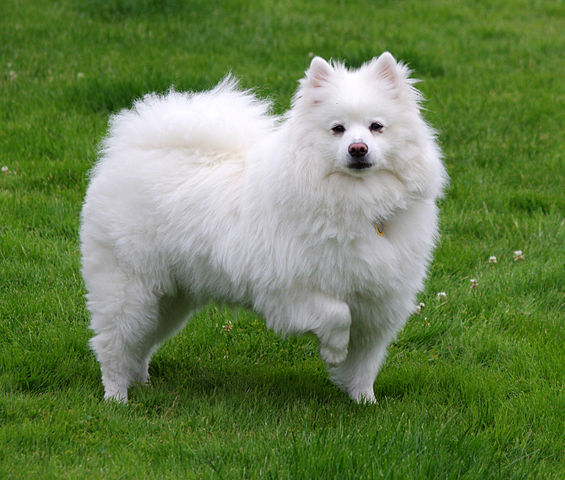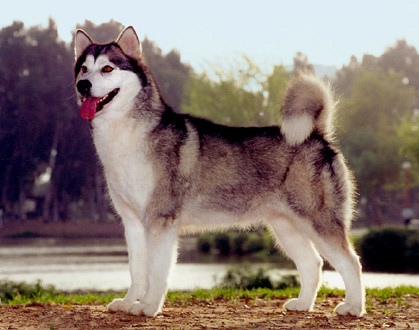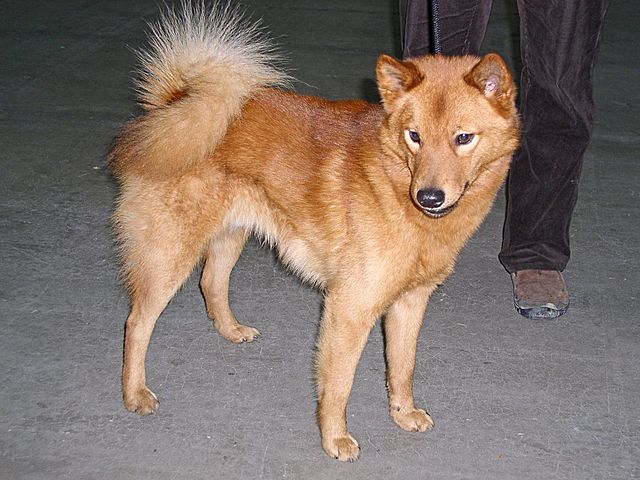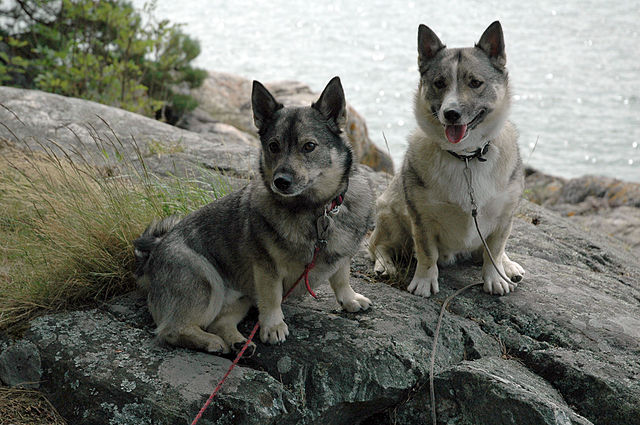The Chow Chow is an ancient oriental breed with a very distinctive temperament. There are several characteristics of the Chow that are unique to the breed, and which makes them unsuitable for certain types of owners. Their temperament has often been called cat-like, in that they are aloof and independent. That said, many are incredibly dominant in nature and will take advantage in a poorly managed household. They can be untrusting with strangers unless their owner lets them know it’s ok – even so, strangers need to be polite and gentle. They don’t take well to teasing of any kind.
Above all, socialization is extremely important for this breed. Aggression is not the norm in a well-socialized (and well-bred) Chow, but an undersocialized (or poorly bred) Chow has an easier potential to become aggressive. The breed has gotten a bad rap – and indeed, there are many aggressive individuals out there. This is why it is so important to do a lot of research before buying a puppy to make sure it comes from lines bred for good temperament! But this is not enough! Any Chow that misses out on the critical socialization period runs the high risk of becoming very shy or aggressive. If deciding on a Chow for your next dog… make sure to ask yourself if you are ready to dedicate this necessary time.
This breed can be raised with children but – as mentioned above, does not take well to teasing. As such, they are normally better with older kids that are well-behaved. It is also imperative that the Chows are raised, since puppyhood, around kids. As with all breeds, supervision is required.
Like a cat, this breed is often silent and unassuming in the house. He is not the type of dog that gets all wiggly and jumpy when his owner gets home. Instead, he holds a quiet devotion for his owner – dignified and cat-like. While receiving hugs isn’t his favorite thing, he will put up with it. To further his more feline features, the Chow is very clean and has little odor. He prefers not to get his feet wet or go outside in the rain. Housebreaking is often an easy ordeal. Finally, he is well suited to apartment life and doesn’t require a ton of exercise.
Chows are extremely intelligent but also extremely stubborn. Many are willful and may try to derail their training sessions. This requires an owner that is patient and even more willful than their dog! When owners are able to push past their stubborn streaks, they often find that the Chow Chow indeed can be trained! Putting an obedience title on the dog is a worthwhile endeavor, but even just basic obedience is an absolute must with this breed. Good boundaries, rules and obedience are necessary to curtail this breed from taking over the household. It should also be stated that, unless they are very highly trained in off-leash obedience, a Chow should always stay on-leash.
One of the major historical uses of the Chow was to guard temples in China. As such, they have excellent protective instincts! Although normally quiet, they will bark when necessary – such as when a stranger comes near the house. Their lion-like appearance is often enough of a deterrent to keep away intruders, but their serious demeanour and heavy bark often seals the deal. Another historical use of the breed was hunting, so the breed does have a high prey drive. Cats are often considered fair game, especially if outside. Some Chows (especially when in packs) have been known to kill livestock, which means they might not make the best ranch dogs.
With other dogs, some Chows have issues with same-sex aggression. In opposite-sex pairs (or when one of the dogs is altered) the Chow will typically tend to ignore them. That said – if the other dog starts a fight, the Chow will most certainly fight back tooth-and-nail! Unfortunately, this breed has a long memory and can become dog-aggressive after a fight. Some develop breed-specific stereotypes and will only go after dogs that resemble the instigator, while others will act aggressively toward any dog. This problem can be worked through using behavior modification.
The thick coat of the Chow Chow makes him vulnerable to the heat, so care must be taken when he is outside in hot days. For obvious reasons, black dogs are even more vulnerable. It is important to adjust the timing of walks and outside excursions to mornings or evenings – particularly in the summers here in Austin! These things said, resist the urge to shave down a Chow! This breed uses his double coat as insulation against both cold AND heat. Shaving the coat will lead to all sorts of skin and hair issues, and will do little else than make the dog more prone to getting a sunburn.

Photo CC BY-SA 3.0






